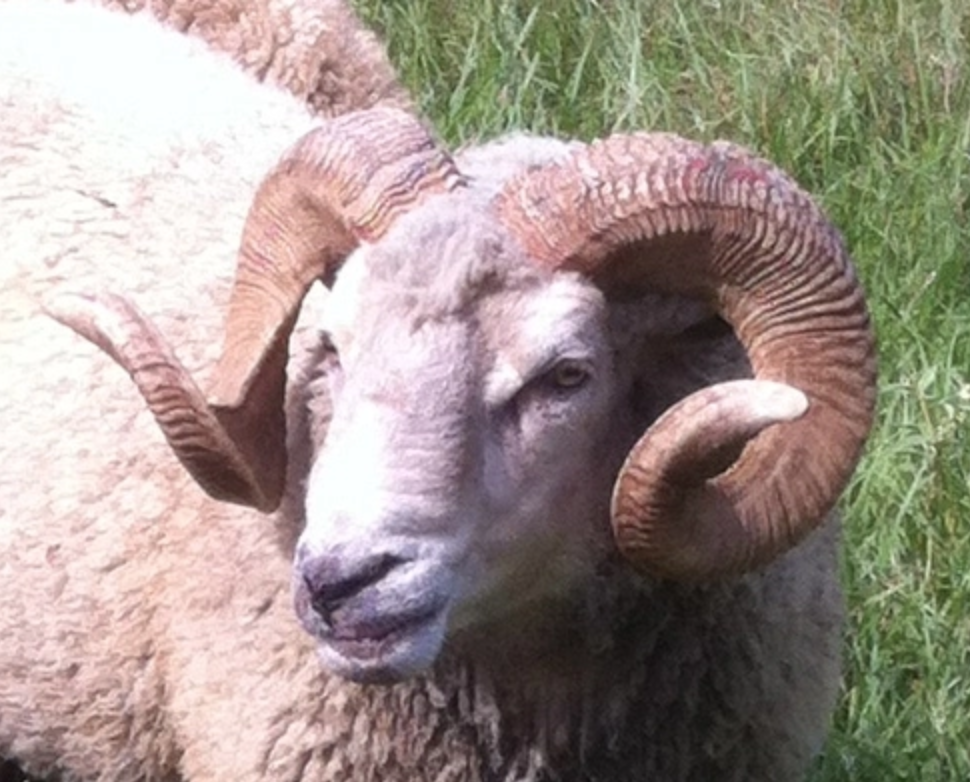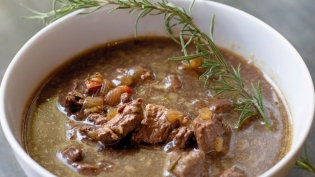Gulf Coast Sheep Are Well Adapted to Texas
Gulf Coast Sheep
About an hour west of Houston in Waller County, Laughing Frog Farm is an organic fruit and vegetable farm where chickens and sheep have jobs: They fertilize the soil, naturally, at leisure and all the while foraging from Mother Nature. It makes for healthy soil … and healthy animals.
The sheep at work at Laughing Frog Farm are themselves part of a bigger job: preserving this unique breed of sheep. Gulf Coast sheep are descendants of Spanish flocks. They came here along with explorers and settlers in the 1500s. Gradually the sheep adapted to their new habitat and the extreme climate conditions of the region. A clear example of how they evolved to survive Southern heat and humidity is the lack of wool on their faces, necks, legs and bellies. This breed knows not to wear woollies when it’s hot!
They are, however, not as productive in meat as other breeds are. Fine and mild as their meat is, they are lean animals and yield an average 20 pounds versus over 35 pounds of meat compared to other breeds. This put them at a disadvantage over more productive sheep breeds and that drove them to near-extinction. Now listed in the Slow Food Ark of Taste, a “living catalog” of foods that are at risk of disappearing, thanks to farmers like Glen Miracle the Gulf Coast native sheep stand a fighting chance again. Miracle works directly with other Gulf Coast sheep farmers in the South for breeding.
The meat of Gulf Coast sheep is mild, lacking the gamey (mutton) flavor often associated with lamb. The low levels of lanolin in their wool deserve some credit for that but so does their pasture diet. At Laughing Frog Farm, these sheep enjoy a variety of grasses, clovers, wild herbs and flowers and get to nibble on the leafy greens from trees and brush. If you want to support heritage breeds (not just Gulf Coast sheep but all heritage breed animals in general), the best way to go about it is to buy from a farm that raises them. The larger the market, the better the chances for any heritage breed to grow in numbers.







